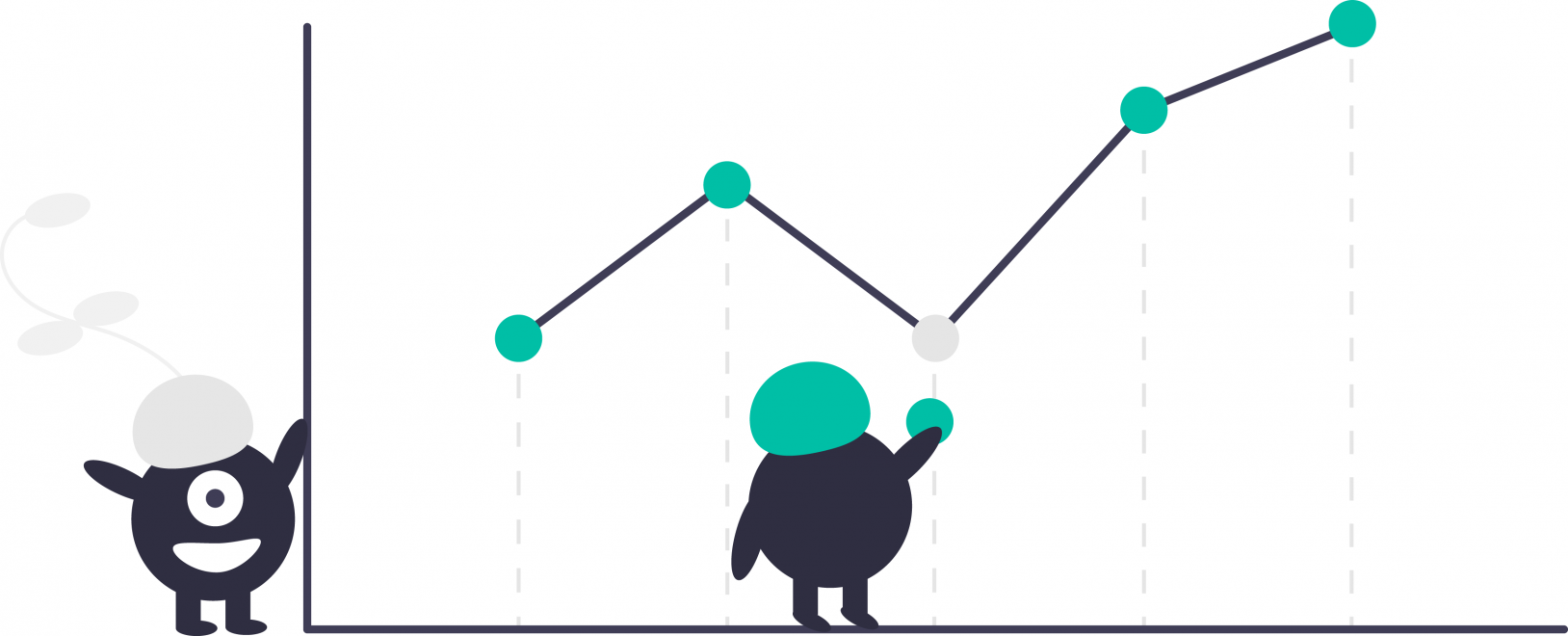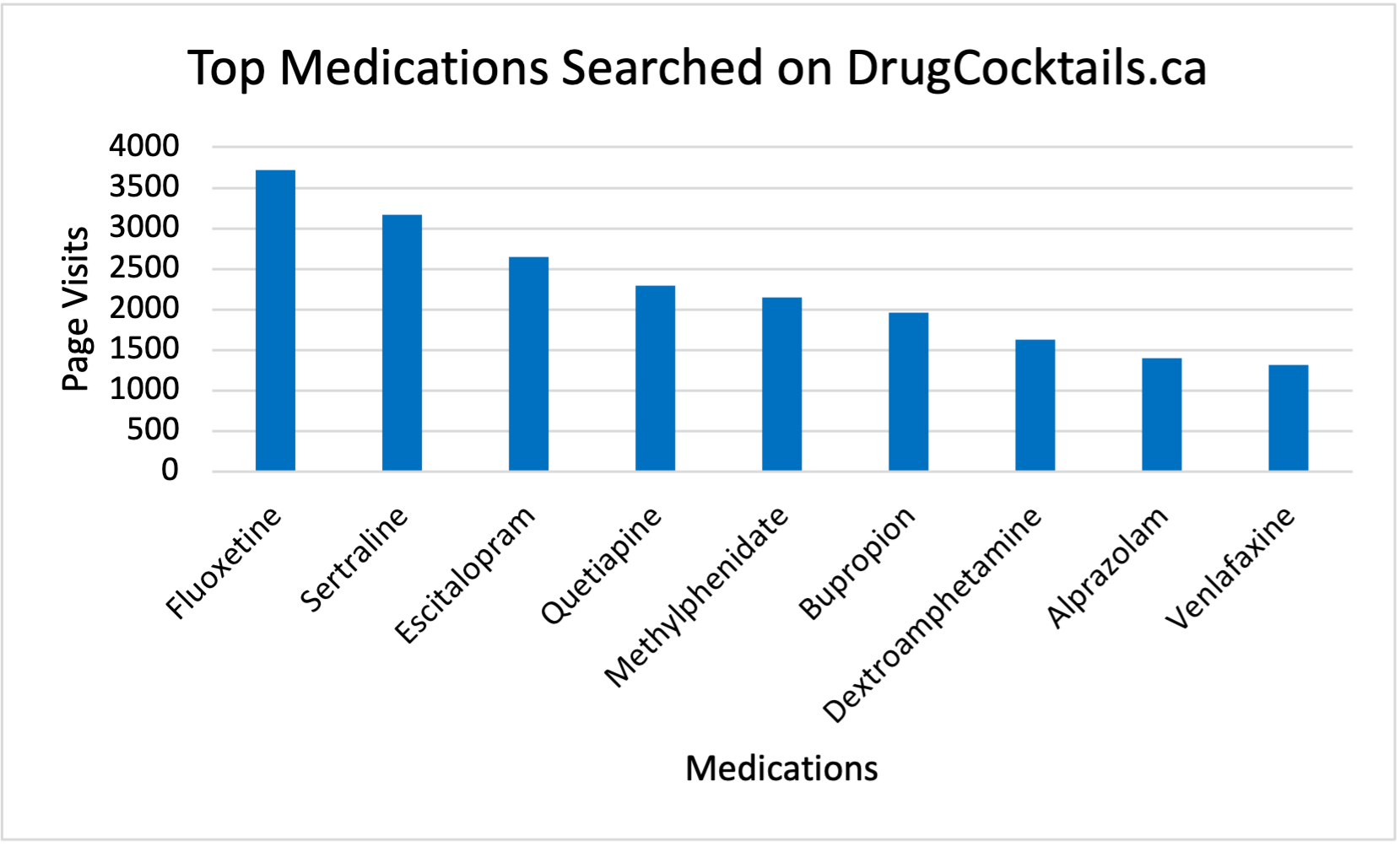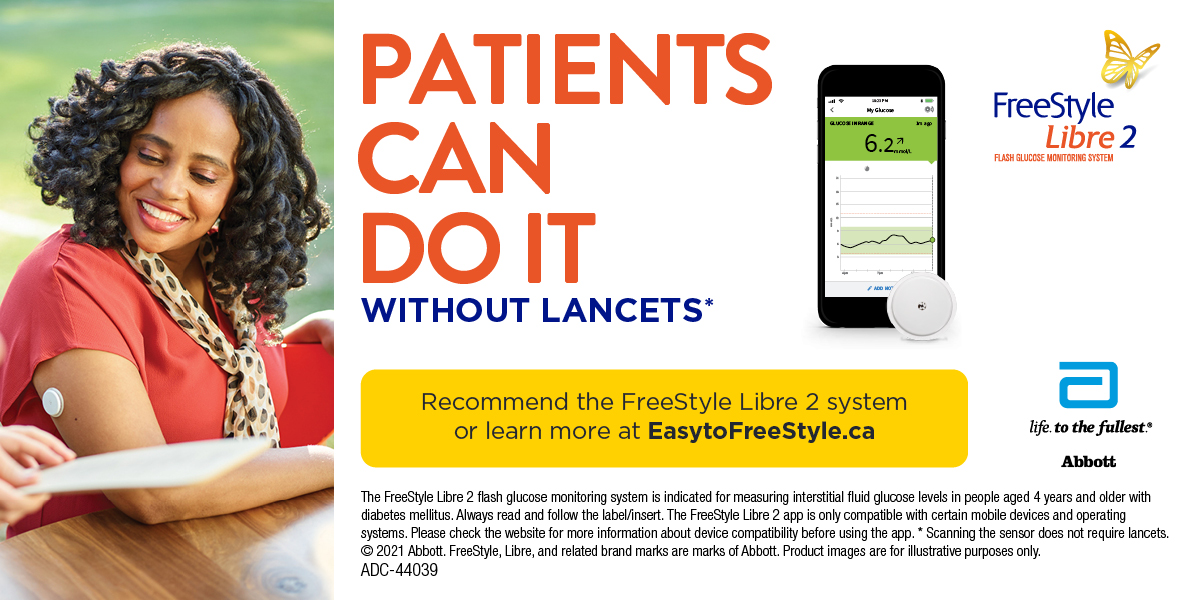Authored by:
Jasmin Kaur Gill, UBC PharmD Candidate
Dean Elbe, BSc(Pharm), PharmD, BCPP
The Need

Have you ever been in a situation in which you are in a counselling session with an adolescent, and you are unable to answer their questions about how their medication interacts with a substance? Or maybe you have had the feeling that a youth you are counselling has a question about substance use and their medication, but doesn’t feel comfortable asking you directly?
Individuals who are 15 to 24-years old make up 60% of illicit drug users in Canada1. Youth with chronic illnesses are as, or more likely to use substances than those who do not have chronic illnesses. Substances taken may interact with medications prescribed for chronic conditions. Questions regarding substance use come up frequently during medication counselling sessions with youth2,3. Medication interactions with substances and medication non-adherence are both potential causes of harm in youth with chronic medical or mental health conditions4,5.
The Solution

DrugCocktails.ca helps both youth and professionals “get the facts” about the risks of mixing medicine, alcohol, and street drugs, via a user-friendly online interface. DrugCocktails.ca is free, easily viewable on smartphones and tablets, and provides an easy-to-use interaction check for over 300 prescription medications commonly used by youth with 10 substance categories. This site has two components; the youth component which is visually pleasing and available in lay language. DrugCocktails.ca/pro is geared towards healthcare professionals, which provides detailed information about the interactions mentioned on the site, with references to the sources of evidence.
There is no ‘green light’ on DrugCocktails.ca, meaning this site does not encourage substance use and mixing medications. The site makes it clear there is risk associated with taking any substance into your body. Warning icons include serious risk, think first, and unknown dangers, as depicted below, on both the professional and youth sites. The professional site also provides the detailed background evidence of the interactions.

Drugcocktails.ca's warning icons include serious risk, think first and unknown dangers.
The History

DrugCocktails.ca first began as a reference book in 2002 and the website launched in 2013 with BC Mental Health & Addiction Services, in partnership with BC Children’s Hospital. Starting from a base of 80 medications in the 2002 reference book, the website has evolved to now encompass over 300 medications. The research team consulted the BC Children’s Hospital (BCCH) Youth Advisory Committee to ensure the site design was appropriate for youth. BCCH nurse clinicians and clinical pharmacists are surveyed every 2-3 years to see which medications are most commonly used by youth and should be incorporated in the site. Then, under the supervision of Dr. Dean Elbe, BCCH Clinical Pharmacy Specialist in Child & Adolescent Mental Health, UBC Faculty of Pharmaceutical Sciences students perform literature reviews and content updates.
A 2019 qualitative study found youth with chronic illnesses may seek guidance and answers from online sources about how a substance interacts with their medication5. This is due to a lack of clear discussion and understanding about substances in relation to their medications and condition6. Pharmacists can play a crucial role in addressing questions surrounding interactions between these substances and medications prescribed for chronic illnesses during medication counselling sessions.
The Role of the Pharmacist or The Ask

The DrugCocktails.ca website is intended to complement the expertise of pharmacists and other healthcare professionals. The most accessed medications on the site are psychiatric medications, as depicted in the graph below. Antidepressants and ADHD medications are amongst the most prescribed medications in youth1. SSRIs, such as fluoxetine, can be used for a number of psychiatric conditions including major depressive disorder, obsessive-compulsive disorder, and generalized anxiety disorder7. For example, fluoxetine may interact with alcohol in a way that can possibly make one feel more inebriated than expected, changing the amount of alcohol you can drink safely. In addition, alcohol itself is a “downer,” which can potentially make someone with a depressed mood feel worse7.
In contrast, 4-12% of school-aged children in North America have ADHD, making ADHD treatments some of the most searched medications on DrugCocktails.ca7. CNS stimulants, like methylphenidate, are commonly prescribed for the treatment of ADHD7. Methylphenidate interacts with cocaine, as both can increase one’s risk of a seizure or stroke, as they both increase heart rate and blood pressure. Additionally, methylphenidate has the potential to make one feel more awake and alert, and combined with alcohol, may incorrectly convince one that they are in a suitable state to drive.
Arming your patient with the knowledge and clear discussion about the potential risks of how a substance may interact with their medication is valued by youth6. Overwhelmingly, youth prefer a factual approach to receiving information about how substances may interact with their chronic condition, and as a result, their medications6. As pharmacists, we are well positioned to whole-heartedly support our patients in making healthy choices when it comes to substance use. Take a moment to watch this short video to help guide you through how to use DrugCocktails.ca efficiently, and be ready the next time your patient asks you a question about substance use and their medication.

Is there a medication or substance you would like to see included on the DrugCocktails.ca website? Submit your request using the contact function on DrugCocktails.ca/pro!

I’m Jasmin Kaur Gill and I’m a 3rd year PharmD candidate at UBC. I worked on DrugCocktails.Ca as a directed studies student over the period of May to August 2021 and spent over 300 hours alongside another student, Rebecca Leung, updating and adding medications to DrugCocktails. Revising 163 medications each, we became quite familiar with literature review and enhanced our pharmacodynamic and pharmacokinetic drug knowledge. We also became well-versed in translating studies into both technical and lay language.
Psychiatry, with a focus on the pediatric and adolescent population has always been intriguing to me. I am thankful to have had the opportunity to further explore these interests through the DrugCocktails project, under the supervision of Dr. Dean Elbe and Dr. Stacey Tkachuk. I’m confident this resource will be a useful tool in your toolbelt.
References:
1) Statistics Canada. (2011). Table 3. Top two prescription medications used, by sex, age group and medication class, household population aged 6 to 24 [Data table]. https://www150.statcan.gc.ca/n1/pub/82-003-x/2014006/article/14032/tbl/tbl3-eng.htm
2) Smith, A., Forsyth, K., Poon, C., Peled, M., Saewyc, E., & McCreary Centre Society (2019). 2018 BC Adolescent Health Survey. Balance and connection in BC: The health and well-being of our youth. Vancouver, BC: McCreary Centre Society.
3) Suris JC, Parera N. Sex, drugs and chronic illness: health behaviours among chronically ill youth. Eur J Public Health 2005; 15: 484-8.
4) Nash AA, Britto MT, Lovell DJ, Passo MH, Rosenthal SL. Substance use among adolescents with juvenile rheumatoid arthritis. Arthritis Care Res. 1998 Oct;11(5):391-6. doi: 10.1002/art.1790110510.
5) Weitzman ER, Ziemnik RE, Huang Q, Levy S. Alcohol and Marijuana Use and Treatment Nonadherence Among Medically Vulnerable Youth. Pediatrics. 2015 Sep;136(3):450-7. doi: 10.1542/peds.2015-0722.
6) Weitzman ER, Salimian PK, Rabinow L, Levy S. Perspectives on substance use among youth with chronic medical conditions and implications for clinical guidance and prevention: A qualitative study. PLoS One. 2019 Jan 23;14(1):e0209963. doi: 10.1371/journal.pone.0209963.
7) CPS [Internet]. Ottawa (ON): Canadian Pharmacists Association; c2016 [cited 2022 March 25]. Available from: http://www.e-cps.ca or http://www.myrxtx.ca. Also available in paper copy from the publisher.
For advertising inquiries, please contact angie.gaddy@bcpharmacy.ca

